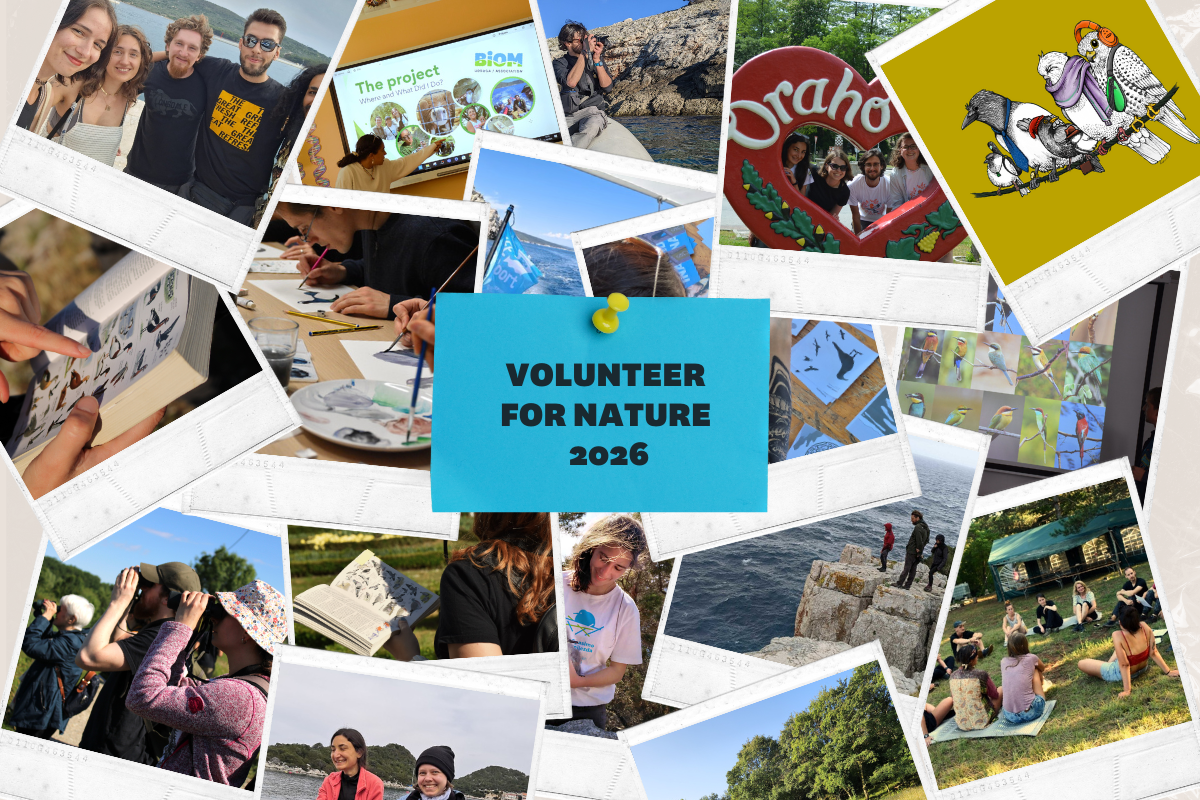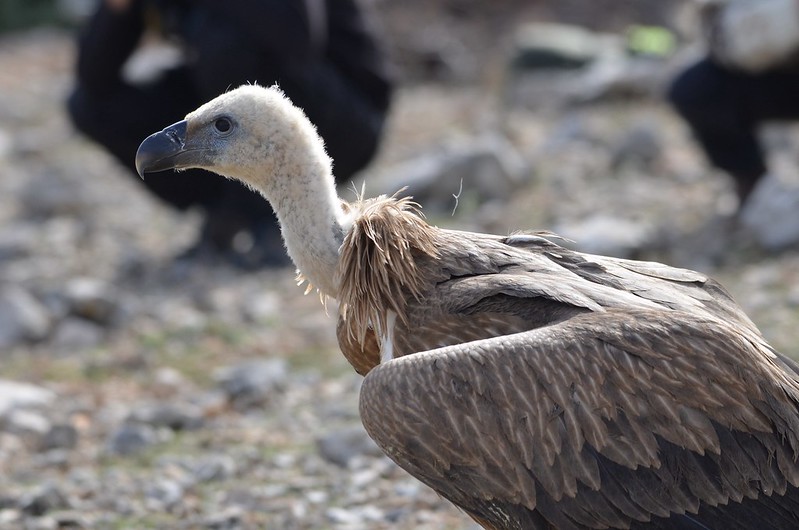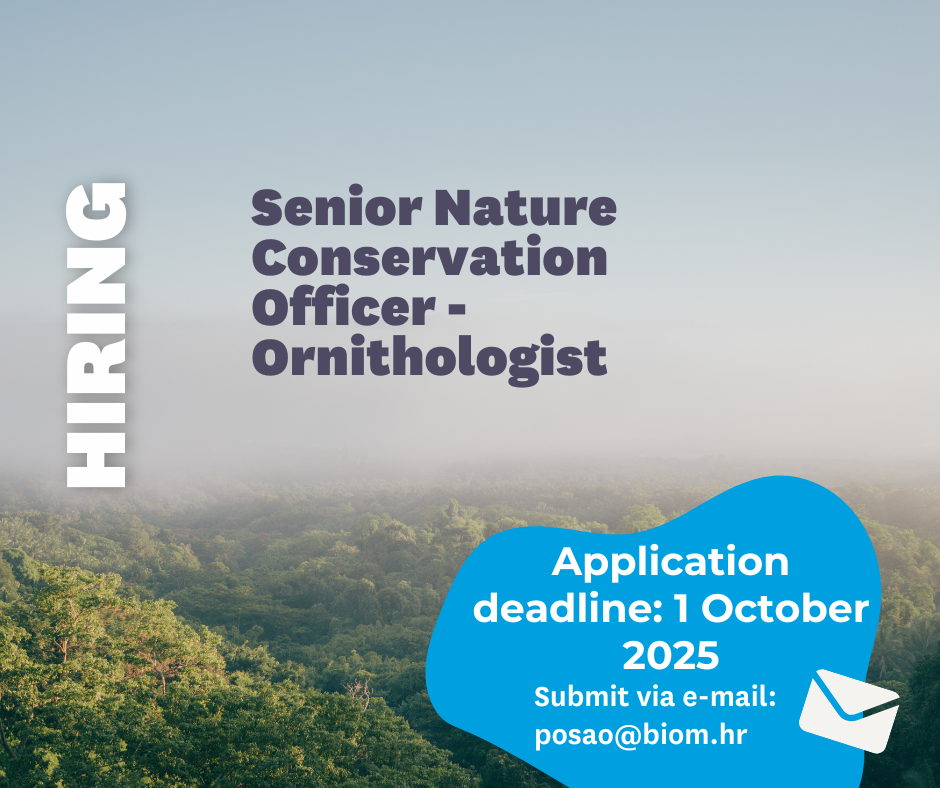Recently we have witnessed discussions related to the decision of the State Inspectorate on the removal of the via ferrata on Dinara.
Different opinions and approaches are opposed, various professions and laws are interpreted differently. Unfortunately, opinions that understand the bigger picture in both professional and legal terms are rare. However, attitudes such as “not all parts of nature have to be accessible to people” and “some parts of nature should be protected from ourselves” show that many people accept the bigger picture even though they may not know all the professional and legal aspects. How is that possible? Well, these are the people who respect nature and believe that nature should be preserved for nature’s sake, not only in the way that we humans benefit directly from it.
This is precisely the principle to which nature protection has developed, after centuries of anthropocentric “preservation”. With all our need to show that nature cannot do without us, nature constantly shows the opposite in many areas. As our knowledge of this problem develops, so does the entire nature protection on a global level in the direction that, in addition to areas that we will manage through e.g. habitat maintenance, we also need areas where we will leave everything to natural processes. However, leaving to natural processes does not mean banning only forestry and hunting, because disturbance itself is a pronounced negative factor. Here too, research has shown us that there is, for example, a „weekend effect“ in which living beings reduce their activity on weekends or retreat to inaccessible parts of the area on weekends, avoiding visitors. It has also been shown that some species do not tolerate disturbance and that they permanently avoid areas that are swarming with visitors, and especially avoid raising their young in them. There are particularly sensitive species that are attached to inaccessible cliffs, since we have compromised the most important thing that cliffs offer them, the security of inaccessibility.
The global initiative 30 by 30, which promotes 30% protection of each country’s own land in some way, is also recognized in Croatia, and the European Union has accepted the task that each member state will also establish areas of strict protection*. Strict protection on land makes sense only in old forests and in naturally inaccessible areas, which have also, due to inaccessibility, been developed in their original form. There are only four such areas in the Dinara area, two cliff complexes (Crvene grede and cliffs below Dinara/Sinjal) and two forest areas (Veliki lad and Borik/Crni Tavani). All four are designated for strict protection by the management plan and all four occupy only a small part of Dinara, only about 2% of the total area. The only thing missing in these areas to be considered primeval nature are species that have disappeared due to killing and disturbance. Strict protection will give them a chance to return.
This second part of the title, which talks about ourselves, is hidden in that small 2%. Is it really such a big problem for us who constantly talk about nature protection to leave 2% of a large protected area to nature? Does a human foot have to invade every corner of nature? After all this time, have we matured enough to be ready to accept that not all parts of nature have to be accessible to people and that some parts of nature should be protected from ourselves? We believe that it really shouldn’t be a problem and that as humans we can give up that small part in order to contribute to a higher goal, which is preserved nature for generations yet to come.
* Areas under strict protection are, according to the EU definition, areas where the undisturbed development of natural processes is enabled and only strictly controlled activities are allowed that do not disturb these processes, are in line with the protection objectives and their potential impact is assessed individually.
Translated by: Tihana Goričnik






